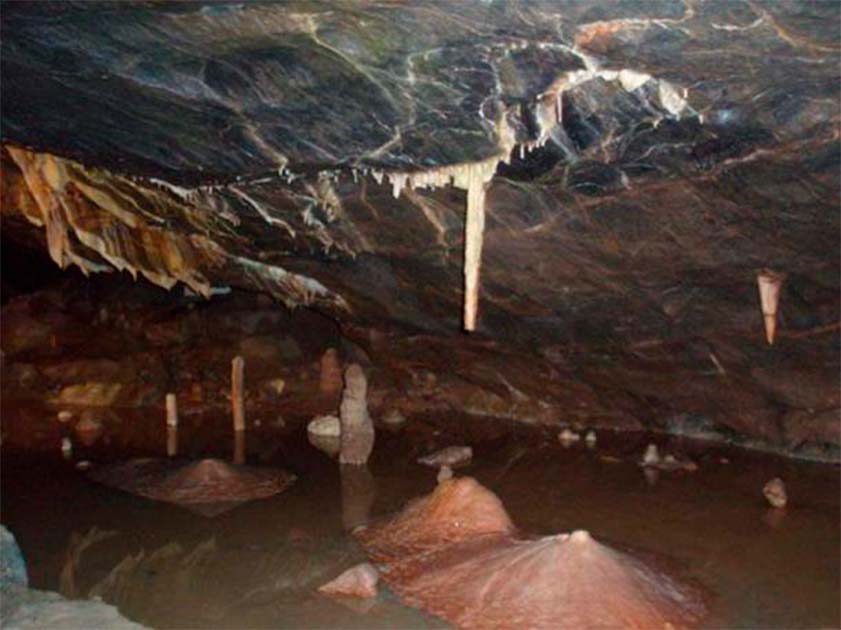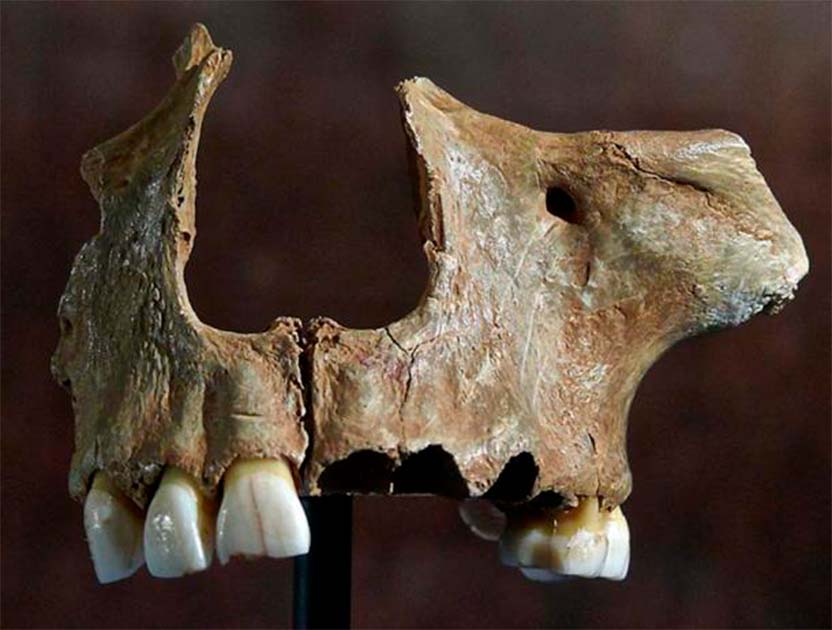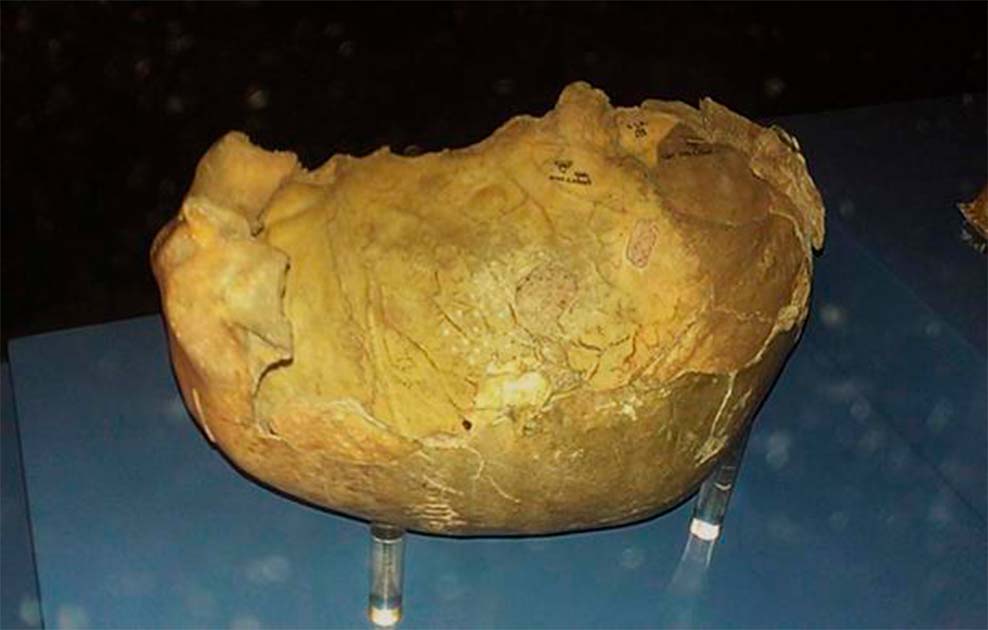Cheddar Man is the name given to human remains unearthed in Gough’s Cave within Cheddar Gorge, Somerset, England. The discovery of Cheddar Man, which took place around the 20th century’s inception, is attributed to the Mesolithic era.
Despite limited research on Cheddar Man, marking him as one among several prehistoric remains, an astonishing revelation was made by the close of that century. A living descendant of Cheddar Man was identified, residing in the same locality.
The Unearthing
The remains of Cheddar Man were discovered in 1903, located 20 meters (66 feet) inside Gough’s Cave, the biggest of the 100 caves in Cheddar Gorge. Found underneath stalagmite stratum and above more contemporary materials, Cheddar Man was discovered to have been interred singly near the entrance of a profound cave.
- The Strange Prehistoric Triple Burial of Dolni Vestonice
- Unveiling the Dark Secrets of Belize’s Midnight Terror Cave
Dating results suggest he existed 9,000 years prior, in the Mesolithic era. Despite his discovery, there was seemingly sparse research conducted on Cheddar Man, leading to his relative obscurity.

An article titled “The Cheddar Man: A Skeleton of Late Paleolithic Date” was published in 1914, 11 years post Cheddar Man’s discovery. The title’s notable mention is the Late Paleolithic period designation for Cheddar Man, which predates the Mesolithic period he is presently believed to have inhabited.
The paper’s authors conducted an analysis of Cheddar Man’s skull measurements, which were then contrasted against other prehistoric skull specimens. Additional remains like teeth and limb bones also underwent investigation.
Cheddar Man’s Genetic Code
In 1997, a news report declared that a living descendant of Cheddar Man had been located. It was reported that DNA was discovered in the pulp cavity of one of Cheddar Man’s molar teeth. The DNA was analyzed at the Institute of Molecular Medicine at Oxford University.

The resultant DNA was compared with that of 20 local inhabitants, whose lineage was known to have resided in Cheddar for multiple generations. Among them, one individual was confirmed as a descendant of Cheddar Man.
Cheddar Man’s Kin
Adrian Targett, 42-years-old at the time, was found to have DNA matching that of Cheddar Man. Scientific understanding suggests this genetic signature would have been maternally transmitted, implying both Targett and Cheddar Man share the same maternal lineage. Furthermore, it was reported that of the 46 members in Targett’s extended family, most continued to reside in the Somerset region.

It’s noteworthy to mention that while Cheddar Man is arguably the most renowned human remains discovered in Cheddar Gorge, he is not the sole find. One report labels the site as “Britain’s prime location for Paleolithic human remains”.
- Hundreds of Skeletons at Roopkund Lake of the Himalayas
- Herto Man: The Oldest Humans, or the Missing Link?
Another prominent discovery, made several decades ago, was three skull cups, crafted from two adults and a three-year-old child. A recent reexamination revealed that crafting skull cups was a traditional practice, and the skulls were procured post natural death.
Moreover, other discovered human bones displayed butchery signs. It would seem that at least some of these ancient individuals also practiced cannibalism.
Top image: Aladdin’s Cave, a chamber and mirror pool inside Gough’s Cave (Rwendland / CC BY-SA 4.0); A photo of Cheddar Man’s skull. (C. G. Seligman and F. G. Parsons / Public Domain)
By Wu Mingren